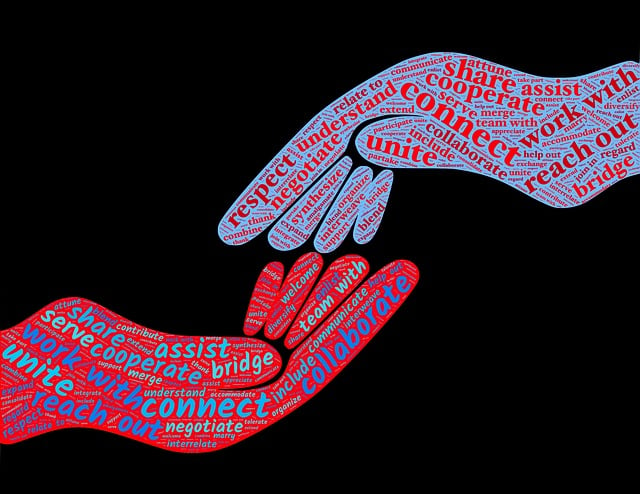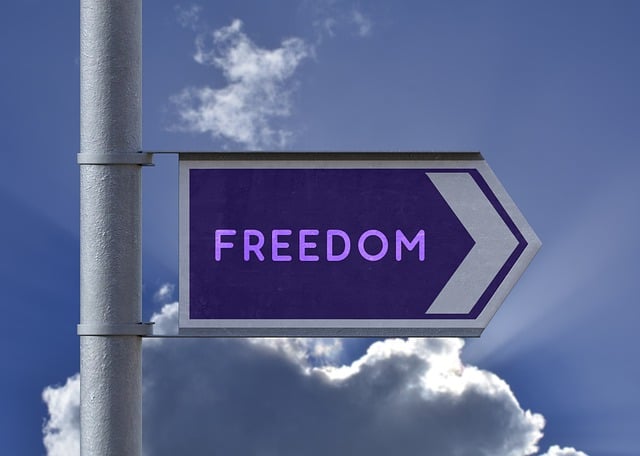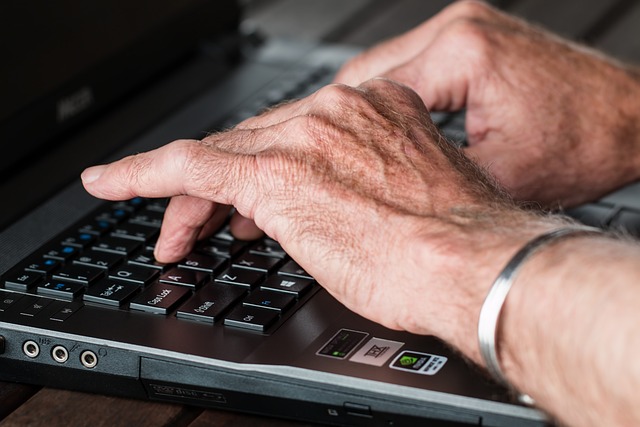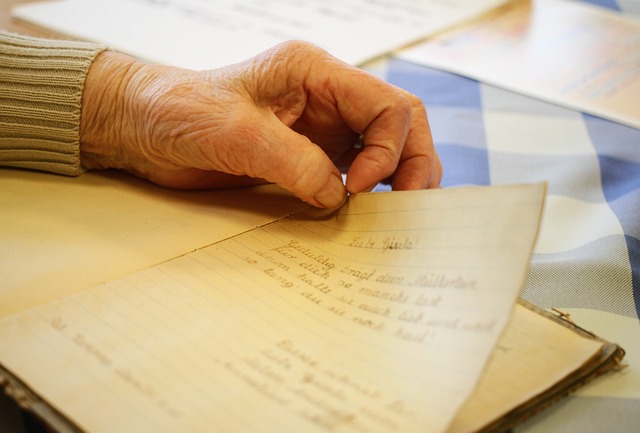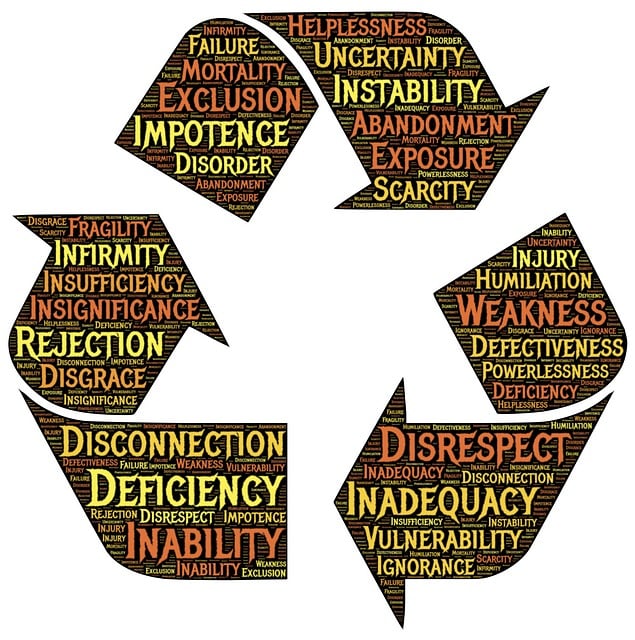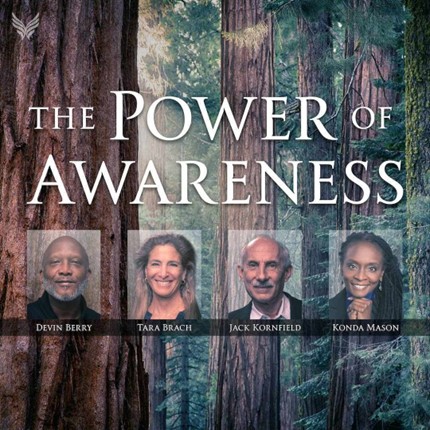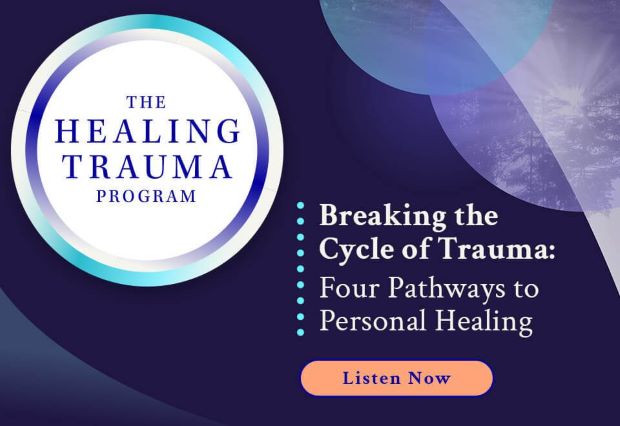There has been a lot written lately about Long Covid and its differential impacts on individual’s health. More recently research has highlighted a connection between Covid-19 and Mast Cell Activation Syndrome. It is important at the outset to reinforce the need to consult a medical practitioner for treatment of individual health symptoms. We can too easily make assumptions about what is occurring for us if we go it alone. For example, I assumed that my numb feet were the result of peripheral neuropathy caused by Long Covid. When I consulted my medical practitioner, I discovered, through the X-Ray that he requested, that my assumption was wrong – the actual problem was multi-level spinal degeneration. However, it is important to consult practitioners who are open to multiple explanations of chronic symptoms, such as those induced by allergies and food sensitivities. Often, this may involve a medical practitioner who has a holistic perspective and/or is qualified in functional medicine.
I recently participated in a Creative Meetup conducted by Health Story Collaborative. During the meeting, Diane Kane responded to a discussion by a number of participants who were experiencing Long Covid symptoms such as loss of sense of smell, brain fog, and allergies. When I mentioned my ongoing battle with food sensitivities and allergies, Diane shared some information about Mast Cell Activation Syndrome (MCAS). She explained that her website is a research hub for MCAS. On the website, Diane shares her own extended patient story as well as research resources including a video presentation on MCAS by Dr. Larence B. Alfin, author of Never Bet Against Occam: Mast Cell Activation Disease and the Modern Epidemics of Chronic Illness and Medical Complexity.
What is Mast Cell Activation Syndrome?
Dr. Kelly McCann in a video podcast interview explains that mast cells are a key part of our normal immune system. Their role is to watch for invaders that would cause injury to our bodies. They reside everywhere in our bodies from our head to our feet, and typically live in areas of our body that are at our interface with the environment, e.g. our skin, our blood vessels and our nerves.
Mast cells are responsible for delivering chemical messengers, called “mediators”, such as cytokine and histamine, that produce an inflammatory response to the perceived invader, e.g. a virus, environmental chemicals, mold, or the flu. Kelly points out that research has shown that mast cells play a major role in the “cytokine storm” that causes an inflammatory response to Covid-19. If the “foreign invader” is overcome (e.g. we recover from Covid or the flu), “everything quiets back down again” and ‘inflammation goes away”.
However, for some people mast cells become over-active, “hyper-vigilant” and hyper-responsive” – a condition identified as Mast Cell Activation Syndrome (MCAS). What happens then is that our body “misperceives things”, some of which are actually good for us, e.g. healthy foods. Hence, we can end up with food sensitivities and allergies (to things like smells, chemicals and some foods). Kelly makes the point that because of the pervasiveness of mast cells in our body, “anything in our body could present as a mass cell activation symptom”, e.g. brain fog.
Kelly explains that Mast Cell Activation Syndrome is “a spectrum” – ranging from mild to extreme. A key feature of MACS is that over time, without intervention, there will be an “escalation in the inflammatory or allergic symptoms” of an individual. The inflammatory response can be exacerbated by what Kelly calls “hits”, e.g. a virus, sustained exposure to mould, or a tick bite (leading to Lyme Disease). For example, the progression of mast cell activation syndrome could be signalled by the worsening of food sensitivities for an individual.
Diane’s personal health story
Diane created her website as a means of education and advocacy about the independent science research being conducted on mast cell activation syndrome. Her own story is really about the extreme end of the spectrum of MCAS and is one of resilience, persistence and hope – a great source of inspiration for anyone experiencing MCAS symptoms. Diane’s multi-dimensional health problems persisted over 46 years. Despite visiting 80 consulting doctors and undergoing “extensive evaluations” at 15 major hospitals and suffering multiple anaphylaxis attacks over 20 years, she was not diagnosed with MCAS until 2017 when she visited Dr. Ali Rezale of the Cedars-Sinai Medical Center.
Dr. Rezale and Dr. Alfin are working with Diane to improve her health overall. In the meantime, Diane is working on writing a book titled, The MCAS and Covid-19 Theory: A Multidimensional Epigenetic Phenomenon. As an experienced medical researcher and author who suffered long-term symptoms of MCAS, she is well-qualified to document her story and the growing body of relevant scientific research. Diane provides draft copies of early chapters of her book on her advocacy website.
My health story
I have experienced multiple “hits” as described by Dr. Kelly McCann. Having had asthma as a child, I am prone to respiratory problems and allergic reactions. While I overcame the asthma by the time I was 12 years old, since then I have contracted pneumonia three times, RSV (Respiratory Syncytial Virus) three times and Covid-19 in 2021. In 2017, I experienced major eczema covering my whole body, following 8-weeks of intensive antibiotics to heal an infected leg (resulting from an operation to remove a melanoma). Since then I have experienced continuous food sensitivities and allergy which are increasing in breadth and depth to the point that there are very limited things I can eat or drink without negative side effects.
Dr. Kelly McCann explains that there are two things going on with MCAS – a trigger(s) and reaction(s). Both need to be addressed. In terms of food triggers, I can relate to Dr. Kelly McCann’s comment that she was gluten-free, dairy-free and unable to eat a long list of foods. As Kelly suggests in her presentation, I have been undertaking an elimination process trying to identify specific foods (especially those high in histamine or salicylates) that cause aggravation of my symptoms so that I can remove them from my diet.
In regard to reactions, Kelly argues that there is a need to dampen the hyperactivity of the immune response. My naturopath, Dr. Mark Shoring, agrees with a tentative diagnosis of MCAS in my case, and recommended initially a course in Chinese skullcap (Scutellaria baicalensis), a herb identified by Mt Sinai Health System in New York as being “used in traditional Chinese medicine to treat allergies, infections, inflammation, cancer, and headaches”. This treatment, along with Turmeric, is designed to dampen down my hyperactive immune response. So, my somatic strategies, at the moment, include identifying and eliminating aggravating foods and drinks while simultaneously calming the inflammatory response of my immune system.
Mind-body connection and healing practices
Kelly maintains that she experiences the influence of the mind-body connection everyday in her clinic when working with patients. She points out that the impact of mind-body connections is developed through our early family and developmental experiences. Unfortunately, we are often prone to misperceive these experiences or develop false beliefs that lead to emotional problems such as low self-esteem and emotional dysregulation. She argues that we have to envisage the health challenge confronting people with MCAS in terms of a three-legged stool – Mast Cell Activation, Limbic System Activation (our emotional centre) and Vagus Nerve Dysfunction (the main nerves of the parasympathetic nervous system).
Kelly mentions a number of practices that can help retrain the limbic system to get our “mental/emotional loops” and habituated behaviour under control, e.g. Dynamic Neural Retraining System, the Gupta Program and Cathleen King’s Primal Trust Program.
Vagus Nerve Dysfunction can lead to people with MCAS becoming stuck in fight/flight/freeze behaviour which can impede healing. Kelly maintains that the approach required here is stimulation of the vagus nerve to help people to get “back into parasympathetic rest and digest”. She suggests approaches to achieve restoration of balance, e.g. breathing exercises, meditation and devices such as EmWave, HeartMath and Rezzimax. Kelly mentioned that she uses mind-body techniques in her clinical practice when the person she is treating is receptive to these approaches.
Reflection
I think it is important to remember that MCAS impacts each individual differently. The impacts are influenced by our biology and the number and severity of what Kelly calls “hits”. There are so many confounding variables involved that self-diagnosis is likely to mislead us. However, this should not stop us from being proactive, e.g. identifying and reducing or eliminating our triggers. Actively seeking to grow in mindfulness can help us to stimulate the vagus nerve, activate our relaxation response and overcome negative thoughts.
Reading about Diane’s experience prompted me to revisit my naturopath and discuss his diagnosis of my food sensitivity and allergy experience. He explained that his recommended treatment approach was based on the assumption that I was experiencing MCAS.
During one of my Creative Meetups, also attended by Diane, we listened to a reading of William Stafford’s poem, The Way It Is. Listening to this poem and the subsequent discussion in the Meetup group prompted me to write a poem about my food sensitivities and allergy:
The Inflammatory Thread in My Life
There are many things I can’t eat
fruit, gluten, dairy and red meat.
I feel left out that I can’t share
even with delicious family fare.
I crave something sweet
but the cost is too steep.
Hives and rashes make me really itchy
legs and feet are shamefully icky.
Wine is off the table, not that I am unable
it’s the swollen ankle, that renders me unstable.
The endless cycle of elimination
to discover the source of inflammation.
It’s harder to share a meal with my wife
what I’ve done for forty years of my life.
Covid-19 has a long arm
it’s still doing me harm.
Almond croissants are my passion
a loss of consciousness my reaction.
Butter was a food sensitivity
It’s now a dangerous allergy.
Food and drink are tainted rewards
a mindset change to move forward.
It’s a long journey with a clear destination
It takes patience, perseverance and dedication.
______________________________________
This post is provided for information purposes only and is not intended to replace personal medical advice provided by a trained medical practitioner. Please seek advice from a qualified professional before deciding on treatments for yourself or other members of your family.
______________________________________
Image by Ingo Jakubke from Pixabay
By Ron Passfield – Copyright (Creative Commons license, Attribution–Non Commercial–No Derivatives)
Disclosure: If you purchase a product through this site, I may earn a commission which will help to pay for the site and the resources to support the blog.
